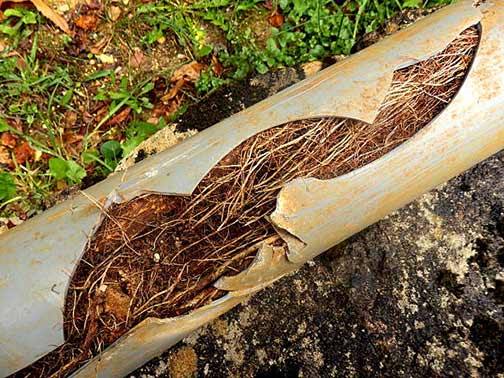
Today, let’s talk about your sewer line: the underground pipe that transports wastewater from your home into the public sewer line in the street. Your sewer line is a critical part of your home’s drainage system; without it, wastewater from your plumbing fixtures would have no place to go, says Town & Coastal Pismo team.
Every time you use a toilet, shower, or sink inside your home and the used-up water washes into the drain opening, that water eventually finds its way into the sewer line. That’s because the smaller drains serving the plumbing fixtures in your home all connect to the sewer line.
Most sewer lines are made of PVC or ABS pipes, although you can still find older sewer lines made of clay or Orangeburg. However, these are increasingly rare. Cast iron used to be another popular option for sewer lines, but that is no longer the case today.
The sewer line in your home is probably 4 – 6 inches in diameter, and you can determine its general location by tracing a direct line from your sewer cleanout to the street. Because of your sewer line’s role in your home’s drainage system, it is prone to many problems.
Common sewer line problems in the home
- Clogs/blockages
These are the top two problems with sewer lines. They happen for two main reasons. Wastewater debris can build up inside the line and block it. Clogs also happen when the wrong items/materials are allowed to enter the sewer line.
- Corrosion and aging
Wastewater from homes contains a lot of caustic substances that can corrode sewer pipes over time, impairing their structural integrity. Sewer lines also become fragile as they age, increasing the possibility of leakage and collapse.
- Tree roots intrusion
Nearby tree roots may penetrate a sewer line to access the nutrient-rich water. Typically, tree roots can only do this if the sewer lines have existing weaknesses, such as leaks. If tree roots invade a sewer line, they will block it.
- Ground movements
Changes in the structure of the soil around a sewer line can cause it to malfunction. Shifting ground due to pipe leakage, erosion, house settling, earthquakes, and sinkholes can cause the sewer line to become misaligned or even collapse.
What are the signs that a sewer line is broken as a result of the above problems?
10 signs of a broken sewer line
- Chronic drain problems
If the break in your sewer line is caused by a blockage or soil enters the sewer line through the broken section, you may experience chronic drain issues in your home.
- Sewage odors
A broken sewer line will release sewer gases into the surrounding areas. This will cause the smell of sewage to hang around your home. The smell is usually worse every time you flush the toilet.
- Pest invasion of your home
A broken sewer line will attract vermin to your home. Roaches, flies, centipedes, and mosquitoes will invade your property. Other pests that want to feed on these creatures will also follow them into your home.
- Mold/mildew on walls
A fractured sewer line will discharge water into its surroundings. If the leak is in close proximity to your building, this water will soak into your walls and foundations, resulting in the growth of mold and mildew.
- Cracks in your walls
If the sewer line issue is not solved, it can eventually lead to foundation failure. Undetected sewer line breaks are a leading cause of soil movements around homes, ultimately resulting in structural problems.
- Unusually green grass in your lawn
If the grass in one section is excessively green, especially if that green patch lies directly above your sewer line, you may have a broken sewer line in need of repair.
- The bouncy ground around your lawn
Water from a broken sewer line can soak into the lawn and make the ground bouncy underneath your feet. You may also notice small indentations or depressions on the surface of your lawn.
- Sewage on your lawn
If you are lucky, your broken sewer line may discharge raw sewage onto the surface of your lawn. Disgusting as it may sound, this is one of the best signs of a sewer line break.
- Sinkhole in the yard
If the sewer line problem has gone on for a long time – with wastewater constantly escaping into the ground – you may wake up one day to find that a sinkhole has appeared on your property.
- Sewage backup in your home
If a sewer line is broken and blocked at the same time, it can result in sewage backing up into your home. Initially, this problem may show up as a clogged and overflowing toilet.
If you are dealing with these issues in your home, what can you do to verify if your sewer line is actually broken or if it is just clogged? The best next step is to contact a professional plumber and have them camera inspect the sewer line to uncover the root cause of the problems in your home.

